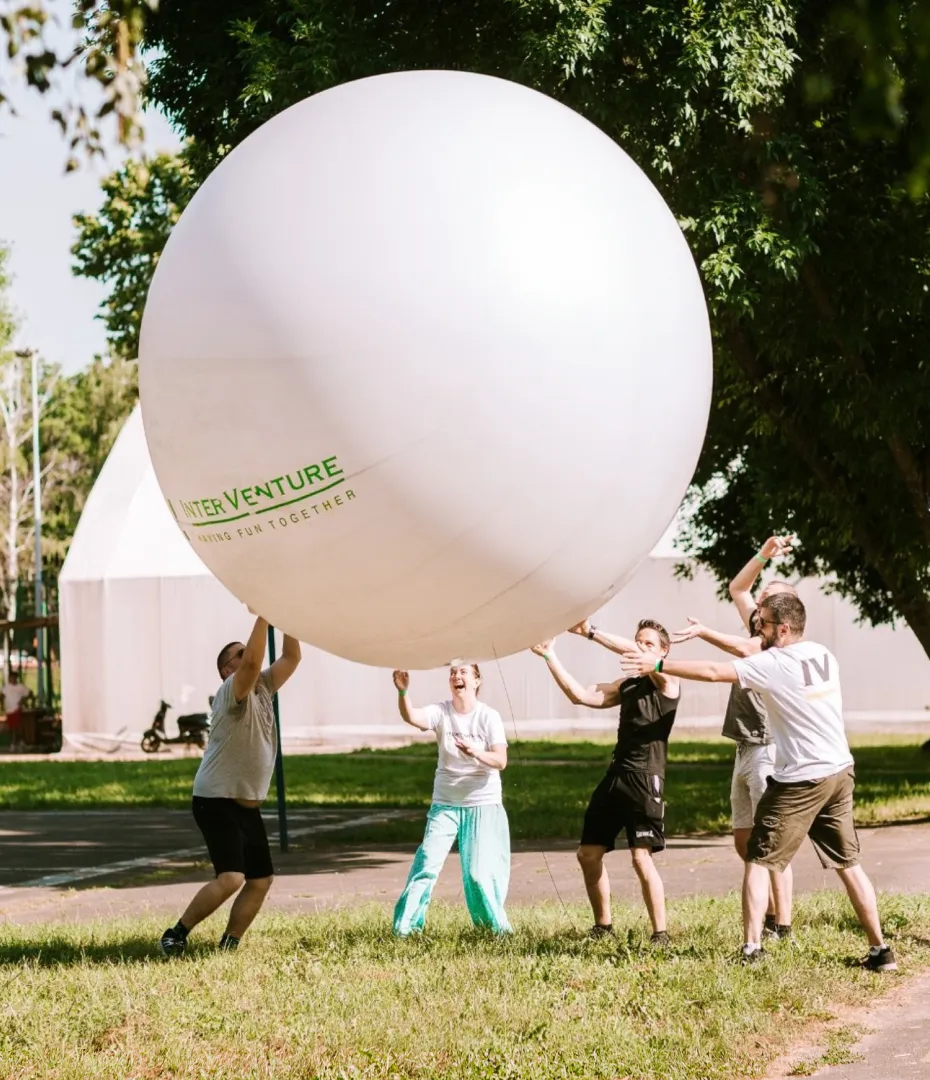FAQ
-
Onshoring, Nearshoring, Offshoring – What are the differences?
-
Onshoring, nearshoring and offshoring are all outsourcing strategies. Near- and onshoring include processes that are outsourced nationwide, or to countries that are situated on the same continent. This makes them significantly different from offshoring and outsourcing to other continents (most often Asia).
The difference between near- and onshoring strategies lies in the crossing (or not crossing) of the national borders: when following an onshoring strategy, processes are outsourced within the country. With a nearshoring strategy, outsourcing is processed to countries in the same region.
-
What are Virtual Teams & Remote Teams?
-
Both terms “Virtual Teams‟ and “Remote Teams‟ refer to the geographical independence of a team working for a company. It includes factors such as time zones, nationalities and organizational structures.
Technology, such as video conferences, chat, emails or phone calls, for instance, play an essential role here. The main advantage is that a company gains better access to higher qualified engineers, as factors like the distance from work or going abroad become irrelevant. Besides, as time-consuming travel and travel costs are being avoided, time management within a company and its remote/virtual employees can be optimized.
-
Why should a company use a remote work option?
-
For companies in large cities with a high cost of living, remote work opens doors to new talent pools in other parts of the country or other countries. We see more and more companies utilizing remote and flexible work models. Some statistics say that two-thirds of US companies have employees that work outside of the office.
With the rise of communication tech, companies started exploring the ways of hiring remote employees with the same level of talent and experience as local engineers, at the fraction of cost. Remote work also opened up doors to experts who were unable or unwilling to relocate.
-
How is the Own Team Model™ different than Outsourcing?
-
Outsourcing software engineering functions is a great choice when you have very clearly defined projects that can be precisely outlined in advance. Outsourcing is also driven by the primary goal of reducing the costs for the projects that are not necessarily critical for the overall success of the organization.
The goal of the Own Team Model™ concept is to grant you access to the new talent market in a fast way. The OTM™ is centered around the setup of our partner’s remote engineering teams that typically work on product or family of products. We facilitate and enable the full cultural integration of the teams that we build for you so they can continue seamlessly working with the rest of your engineering teams on shipping your products.
The OTM™ is a great fit for companies that are looking for an upgrade in their engineering capacities and reducing time to market, and the ones that realized that classical outsourcing strategies cannot properly respond to the complexity and changing nature of the modern software development work.
-
What is the difference between classic freelancing and the Managed Freelancing Model?
-
While there are many benefits of hiring freelancers we noticed that companies consistently struggle with four things when it comes to freelancers:
- Finding the right fit from the plenty of websites offering top 1% developers
- Managing people they likely haven’t met face-to-face
- Managing people from a distance
- Managing project-driven individuals rather than a team
Managed freelancing introduces a project SPOC and a talent manager who help you find the right team, and coordinate a complete project cycle so that your engineers and PMs don’t lose the focus from their core work. InterVenture has developed a network of trusted freelancing teams covering a wide range of technologies and specializing in a variety of domains.
-
How long does it take to build a remote team?
-
The time required to set up an engineering team depends on the desired qualifications and the number of people in the initial team. Our average time-to-fill a team is 6-8 weeks – from the kick off until the team’s first day at work.
-
How do you ensure a fast recruitment process?
-
We utilize InterVenture’s engineering community and our local employer brand to leverage the right talent and connect people with great opportunities. One of the crucial benefits we provide is international career opportunities for great talent at the comfort of their homes. Being a part of a great engineering community has its own set of perks that includes connection with likeminded people and seamless opportunities for knowledge sharing.
-
How is the Own Team Model™ recruiting process organized?
-
After we have understood your requirements regarding the technical know-how and experience, our Talent team looks for suitable candidates within our network. After a multi-stage assessment process on our end, we present recommendations for the final interviews that are completely run by our partners. Our partners always make the final call about hiring new members of their OTM™ team.
-
Why should we build remote teams in Serbia?
-
Serbia is well placed both geographically and structurally to provide a cost-effective and reliable alternative to other, already established markets. An outstanding pool of intellectual capital, attractive cost differences, excellent engineering skills, a suitable communications network and a high fluency in English are just some of the key competitive advantages that have already attracted international software companies to expand to Serbia.
Population: with approx. 8 million inhabitants one of the largest countries in the region
- Geographic Position: South East Europe
- Capital: Belgrade with approx. 2 million inhabitants
- Time Zone: GMT+1 – same time zone as Zurich, Berlin, Vienna, Stockholm
- Airport: Belgrade, reachable in less than 2 flight hours from most European cities
To compare popular Software development hubs in Eastern Europe check out our nearshoring heatmap document.
-
What makes Serbian human capital interesting for the Software industry in particular?
-
Software education: Natural sciences are traditionally very popular in Serbia. Among university graduates, technical schools rank number one with a share of approximately 33%. Leading, internationally recognized institutes are, e.g. School of Electrical Engineering or School of Mathematical Science in Belgrade.
The Software industry employs highly skilled engineers, out of which approximately 85% completed a university-level education. Serbian engineers are competent in a broad range of technologies that support the effective development of first-class software.
Foreign language knowledge: Serbia has the highest percentage of English speaking working population (49%) in the SEE region. English and a second foreign language, mostly German, are mandatory subjects throughout primary and secondary education in Serbia. English and German or French are also compulsory subjects at colleges and universities.
-
What are some of the international ICT companies that have their centers in Serbia?
-
Microsoft, Ubisoft, Intel, Motorola, Redhat, Hewlett Packard, Cisco Systems, IBM, Siemens, Ericsson, Oracle, SAP, Telenor, etc.
-
Where do you set up our offices?
-
InterVenture focuses on building the engineering hubs at great locations in Belgrade that comply with all modern and secure IT infrastructure needs. Before your team is ready to go, we make sure that they have access to every piece of equipment that will be necessary for you to run your remote team.
Additionally, all the teams in our hubs have access to our common spaces – our kitchen, relax and unwind zones, and playrooms. Coffee, fruits and a fully-stocked refrigerator are free of charge for all InterVenture members. All teams also have full operational support, access to edu and community events, wellbeing and lifestyle programmes, benefit cards, and other.
-
What happens if I want to set up my own separate office in Serbia after working with InterVenture for a while?
-
InterVenture runs the so-called Build-Operate-Transfer business logic under the Own Team Model™. Once you reach the stage in your remote team maturity that the team is big enough and has generated enough value for you to open your distinct engineering center in Belgrade, we are able to transfer the full operational and administrative ownership over your team at InterVenture to your new Serbian entity. Depending on the size of the team and the type of the BOT agreement, the price of the transfer varies and is usually a combination of cash and equity.


